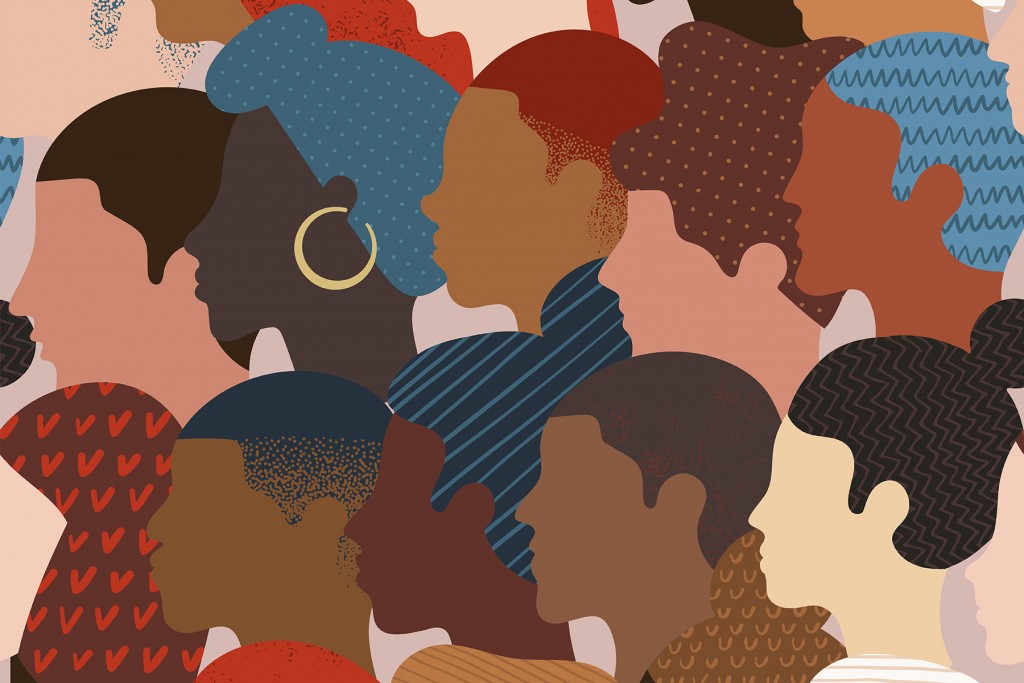Ethnicities of Public School Teachers and Students Don’t Match
One statistical story in the new data book is interesting and important and the latest variation of a similar story that is many generations old: In Hawai‘i’s public schools, the ethnicities of teachers and students are out of proportion.

Numbers can tell interesting and important stories and the latest State Data Book tells hundreds of them. The statistical charts cover population, health, education, politics, defense and dozens of other topics.
The statistics were the latest available at the time of publication and the title of the newest edition reflects that: It’s called the “2019 State of Hawai‘i Data Book” even though it was released in August 2020. Of course, the statistical story of 2020 won’t be fully written until this year is long over.
One statistical story in the new data book is interesting and important and the latest variation of a similar story that is many generations old: In Hawai‘i’s public schools, the ethnicities of teachers and students are out of proportion.
Nearly 180,000 students attended Hawai‘i public schools in 2017-18. Almost 25% of those students were Native Hawaiians, the largest group. Filipinos and Whites were second and third at 22.5% and 18.7%, respectively. Ethnicities are self-reported by students or their families on enrollment forms.
Out of over 11,000 teachers, 25.1% were White, 24.9% were of more than one ethnicity and 23.4% were of Japanese descent.
Student-to-teacher ratios for Micronesians, Samoans, Blacks, Tongans and other Pacific Islanders were also off, with far more students than teachers. Ethnicities in which the proportion of teachers and students were closely matched included Chinese, Hispanic and Korean.






